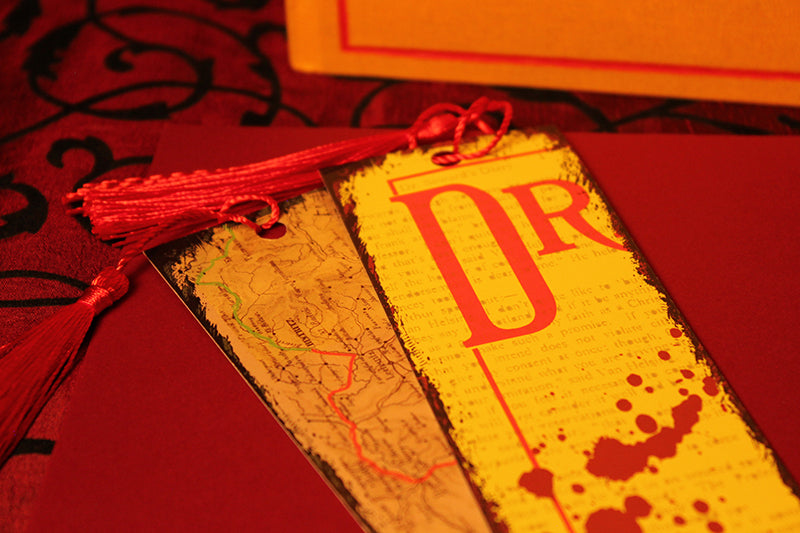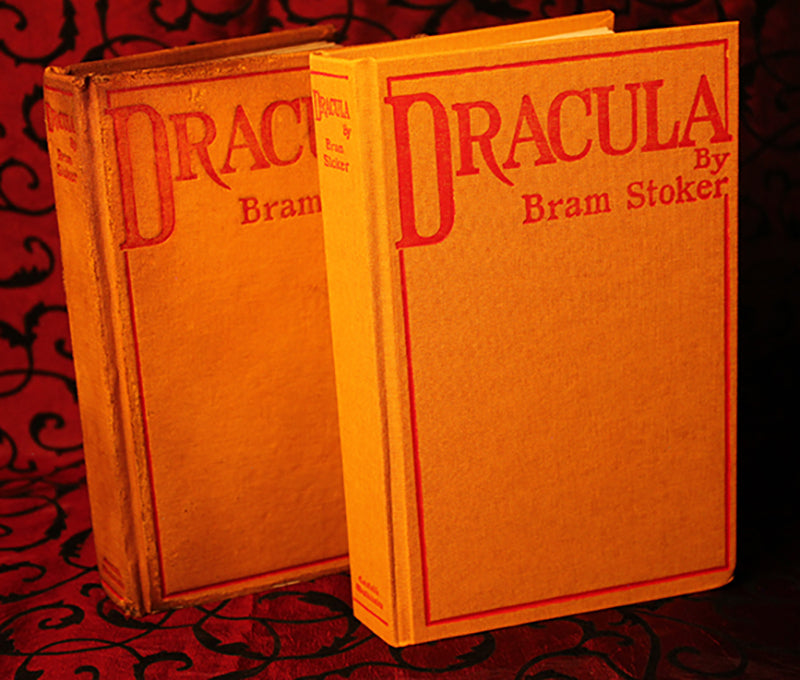Gemini Artifacts
First Editions: Dracula 1897
First Editions: Dracula 1897
Couldn't load pickup availability
Share

Gemini Artifacts: First Editions is proud to present our first in a series of releases, DRACULA by Bram Stoker. Both the United Kingdom and United States editions are available. These incredible reproductions are as close as possible to the originals. Based on photographs as well as hands on examination of an authentic edition, We have succeeded in recreating the look, feel and even smell of this classic masterpiece.
The two books available are the 1897 First Edition from the UK and the 1899 First Edition from the USA. Each offering has been meticulously recreated using the finest techniques and materials. Both are available in a non-aged Virgin variant.
The 1897 UK edition was modeled after Dacre Stokers personal family copy. This edition was given to Charlotte Stoker by Bram Stoker days before the Dracula release date. Inscribed on its end-sheet are signatures by Bram Stoker and its decedents. Pictures and measurements were taken. This edition is the model for our reproduction.
An artist was hired to redraw both covers to give the cleanest image possible. Both editions are antiqued with foxing throughout to represent the look of the original volumes.
Each book goes through a multi-step antiquing process that gives the amazing look of age, but without the warped pages some unrefined methods may produce.
Finishing touches include a touch of scent as well as simulated dust that produces a puff when the book is closed. No detail has been overlooked.



















